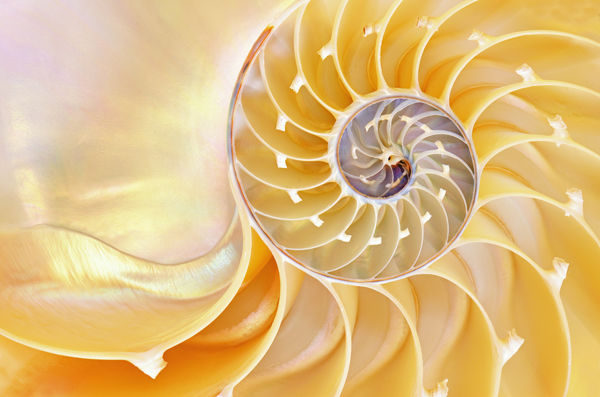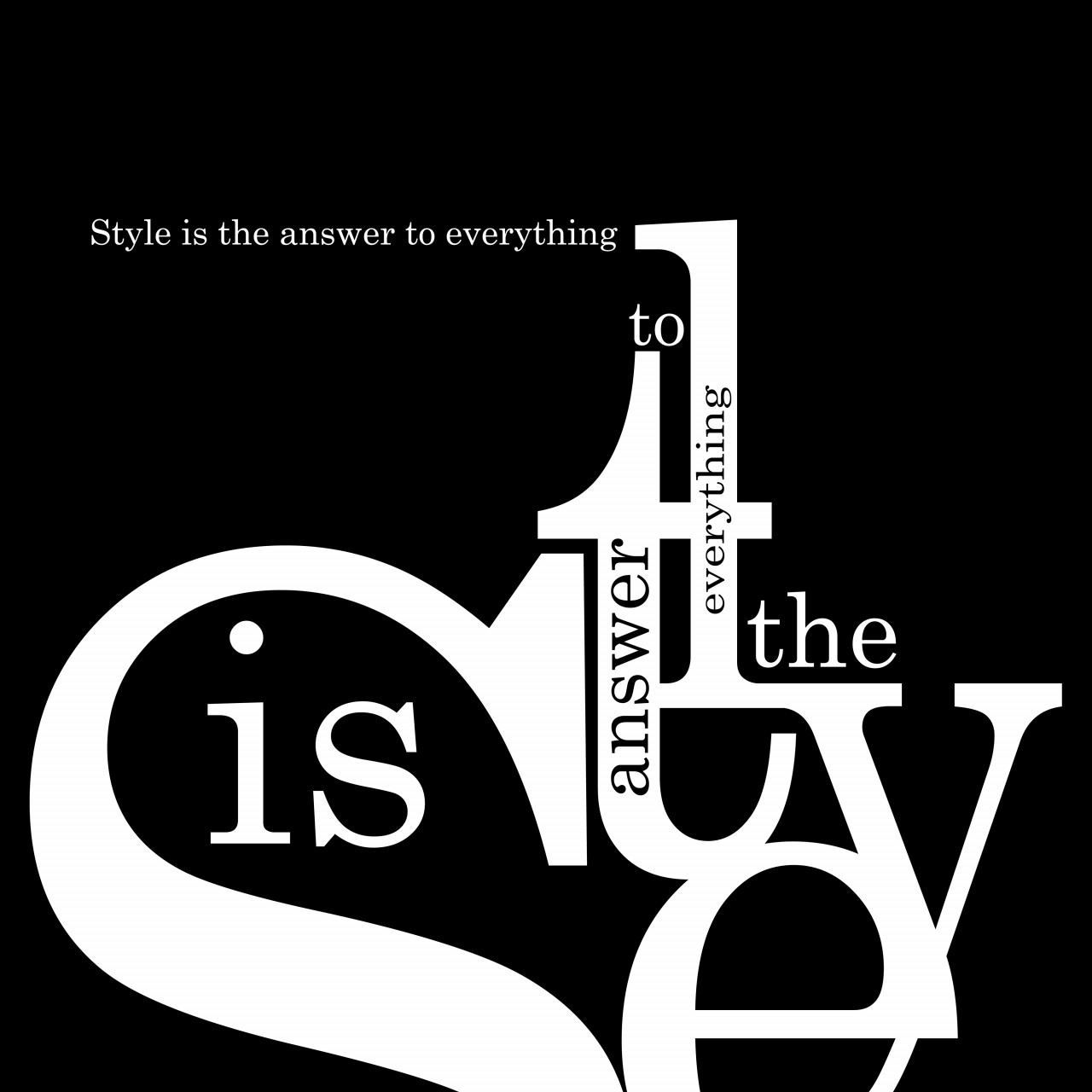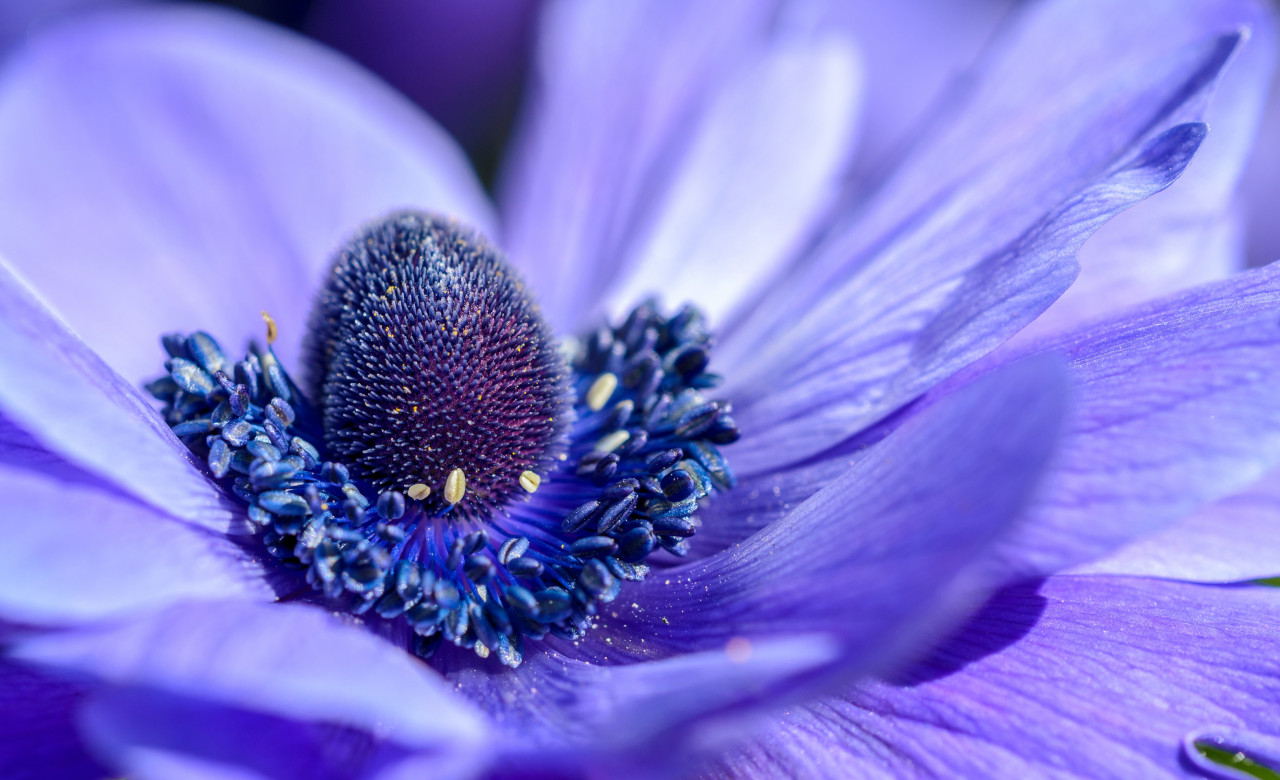Bleed: A term used in printing to describe the ink reaching the very edge of the paper. A "full bleed" is when the ink reaches the edge on all sides of the page. The design of the page has to go beyond the borders so that the printer can trim the excess off; printing that extends to the edge of a sheet or page after trimming.
Bond & carbon: Business form with paper and carbon paper.
Brightness: The brilliance or reflective quality of paper affecting contrast in printing
Brochure: A promotional piece of literature in any shape or size (within reason). Many people are stuck on the definition of a brochure being a traditional trifold of an 8.5″x11″ sheet of paper. Thinking outside the box on making a brochure's dimensions different makes you stand out from the crowd!
Business Card: A card that bears company information and contact information, including company name and logo (hopefully that fit into the style guide and corporate identity of the company), employee name, phone number (office, cell, fax), address, web address, email address. Used as a means to give all the vital company contact information in one fell swoop while simultaneously impressing the receiver of the card (if done right).
C1S and C2S: Abbreviations for coated one side and coated two sides.
Cast coated: A type of coated paper with a high gloss enamel finish; Coated paper with a high gloss reflective finish.
Coated Paper: Clay coated printing paper with a smooth finish. Paper with a coating of clay and other substances that improves reflectivity and ink holdout. Mills produce coated paper in the four major categories cast, gloss, dull and matte. Paper that has a finish applied to it post-printing that gives the surface a shine. Synonyms: gloss, varnish. See also uncoated stock.
K: Abbreviation for black in four-color process printing. Hence the 'K' in CMYK.
Laid finish: A pattern of parallel lines running across the grain, creating a ribbed and handmade effect; Finish on bond or text paper on which grids of parallel lines simulate the surface of handmade paper. Laid lines are close together and run against the grain; chain lines are farther apart and run with the grain; Simulating the surface of handmade paper.
Laminate: A thin transparent plastic sheet (coating) applied to usually a thick stock (covers, post cards, etc.) providing protection against liquid and heavy use, and usually accents existing color, providing a glossy (or lens) effect; To cover with film, to bond or glue one surface to another.
Landscape: Artist style in which width is greater than height. (Portrait is opposite.)
Laser Bond: Bond paper made especially smooth and dry to run well through laser printers.
Leading: Amount of space between lines of type.
Letter fold: Two folds creating three panels that allow a sheet of letterhead to fit a business envelope. Also called barrel fold and wrap around fold.
Letter Paper: In North America, 8 1/2' x 11' sheets. In Europe, A4 sheets.
Line Copy: Any high-contrast image, including type, as compared to continuous-tone copy. Also called line art and line work; High contrast copy made up of solids or lines which do not require a halftone screen; also called line art or line work
Linen Finish: Embossed finish on text paper that simulates the pattern of linen cloth.
Lines per inch (LPI): The number of lines of dots per inch in a halftone screen; the higher the LPI, the sharper the image
Live Area: Area on a mechanical within which images will print. Also called safe area.
Magenta: Also known as process red; one of the four basic ink colors in process color printing; M in abbreviation CMYK; One of the four process colors; Process red, one of the basic colors in process color.
Matte Finish: A clear finish with little to no reflection applied to the paper of a printing process to aide in the readability of images and writing on the page. See also gloss finish and semi-gloss finish; Dull paper or ink finish; Flat (not glossy) finish on photographic paper or coated printing paper; Dull non-glossy finish
Metallic Ink: A special printing ink that has flecks of metal combined into it to simulate a gold, silver, or bronze surface. Definitely a head-turner!
Monarch: Paper size (7' x 10') and envelope shape often used for personal stationery.
News Print: Paper used in printing newspapers. Considered low quality and "a short life use."
Novelty Printing: Printing on products such as coasters, pencils, balloons, golf balls, and ashtrays, known as advertising specialties or premiums.
Offset paper: Term for uncoated book paper.
Offset Printing: Printing technique that transfers ink from a plate to a blanket to paper instead of directly from plate to paper.
Opacity: (1) Characteristic of paper or other substrate that prevents printing on one side from showing through the other side. (2) Characteristic of ink that prevents the substrate from showing through; the amount of show-through on a printed sheet. The more opacity or the thicker the paper the less show-through. (The thicker/heavier the paper the higher the cost.); The property of paper that minimizes the show-through on a printed sheet.
Overrun or overs: Copies printed in excess of the specified quantity. (Printing trade terms allow for + - 10 % to represent a completed order.); Additional printed matter beyond order. Overage policy varies in the printing industry. Advance questions avoid blind knowledge.
Page count: Total number of pages in a book or publication
Painted Sheet: Sheet printed with ink edge to edge, as compared to spot color. The painted sheet refers to the final product, not the press sheet, and means that 100 percent coverage results from bleeds off all four sides.
Panel: One page of a brochure, such as one panel of a rack brochure. One panel is on one side of the paper. A letter-folded sheet has six panels, not three.
Pantone Matching Systems (Pantone®) (PMS): The standard color-matching system used by printers and graphic designer. The industry-standard way to ensure that colors are reproduced in the expected way. They are pre-mixed in exact portions of CMYK. If you don't have a corporate color already, you should be sure to determine your corporate color by way of Pantone first, then a graphic designer can then translate that color into equivalent CMYK and RGB colors for uses in other applications.
Paper Type: The paper or material to be printed on
Parallel Fold: Method of folding. Two parallel folds to a sheet will produce six panels.
Perfect Bind: A binding technique in which pages are collated into a single sheet and then glued together and attached to the cover with an adhesive; A type of binding that glues the edge of sheets to a cover like a telephone book. To bind sheets that has been ground at the spine and are held to the cover by glue. Also called adhesive bind, cutback bind, glue bind, paper bind, patent bind, perfecting bind, soft bind, and soft cover. See also Burst Perfect Bind.
Perforating: Taking place on a press or a binder machine, creating a line of small dotted wholes for the purpose of tearing-off a part of a printed matter (usually straight lines, vertical or horizontal).
Perforation: Process of making holes or a series of cuts to make tearing or folding easy
Pica: A printer's measure of type; One pica is 1/6 of an inch; A unit of measure in the printing industry. A pica is approximately 0.166 in. There are 12 points to a pica; Unit of measure in typesetting. One pica = 1/6 inch.
Pickup Art: Artwork, used in a previous job, to be incorporated in a current job.
Pixel: Short for picture element, a dot made by a computer, scanner or other digital device. Also called pel.
PMS: Obsolete reference to Pantone Matching System. The correct trade name of the colors in the Pantone Matching System is Pantone colors, not PMS Colors; Stands for Pantone Matching System. And you thought it stood for something else!
Portrait: An art design in which the height is greater than the width. (Opposite of Landscape.)
PostScript: The computer language most recognized by printing devices; a page description language developed by Adobe Systems that tells a printer how an image is to be printed
PPI: "Pixels per inch" or "Points per inch."
Prepress: Camera work, color separations, stripping, plate making and other prepress functions performed by the printer, separator or a service bureau prior to printing. Also called preparation.
Print Run: Sometimes called a press run, this refers to the number of pieces to be printed in one printing session. You save money per piece the more quantity you order. On average, most of the cost is involved in setting up the print plates, so the cost savings go up very steeply as the quantity increases. For example, if you print out 500 full color brochures, that may cost you $1,000. However, to print 1,000 it may only cost you $1,200. That's a difference of $2 per brochure for 500 or $1.20 per for 1,000. Always ask for a range of quantities when requesting quotes from printers.
Printer Spreads: Mechanicals made so they are imposed for printing, as compared to reader spreads.
Printing: Any process that transfers to paper or another substrate an image from an original such as a film negative or positive, electronic memory, stencil, die or plate.
Process Blue: The blue or cyan color in process printing.
Process Color (Inks): The colors used for four-color process printing: yellow, magenta, cyan and black; the four basic colors used in printing to simulate full spectrum color – Cyan (blue),
Ragged left: Type that is justified to the right margin and the line lengths vary on the left.
Ragged right: Type that is justified to the left margin and the line lengths vary on the right.
Reader Spread: Mechanicals made in two page spreads, as readers would see the pages, as compared to printer spread.
Ream: A quantity of paper equivalent to 500 sheets.
Resolution: Refers to the number of pixels an image expressed in pixels per inch (ppi) or dots per inch (dpi); the higher the number, the sharper the image; Sharpness of an image on film, paper, computer screen, disc, tape or other medium.
RGB: Abbreviation for red, green, blue, the additive color primaries; Refers to red, green, blue - the additive primary colors used for color video display as on a computer screen.
Rich Black: A darker and deeper black color created by combining other ink colors with black ink. The values to create Rich Black is usually 40% Cyan, 30% Magenta, 30% Yellow, 100% Black
Saddle Stitch: A basic binding method that involves putting all the signatures of a book together and either sewing a wire through all their centers or stapling them; A method of binding using staples in the seam or spine of a book or booklet where it folds; To bind by stapling sheets together where they fold at the spine, as compared to side stitch; Binding a booklet or magazine with staples in the seam where it folds.
Satin Finish: Alternate term for dull finish on coated paper.
Score: A crease put on paper to help it fold better; A mark or crease pressed on paper to make folding easier; To compress paper along a straight line so it folds more easily and accurately.
Self-Cover: Usually in the book arena, a publication not having a cover stock. A publication only using text stock throughout; the paper used as cover is the same as that used in the inside pages
Self Mailer: A printed item independent of an envelope. A printed item capable of travel in the mailing arena independently.
Semi-gloss Finish: A semi-reflective clear finish applied to the paper of a printing process to aide in the readability of images and writing on the page. See also gloss finish and matte finish.
Sheet-fed Press: Press that prints sheets of paper, as compared to a web press.
Side stitch: Binding by stapling along one side of a sheet; to bind by stapling through sheets along, one edge, as compared to saddle stitch. Also called cleat stitch and side wire.
Signature: A printed sheet folded at least once, possibly multiple times in order to be bound together to be made into multiple pages of a book; A sheet of printed pages which when folded become a part of a book or publication; Printed sheet folded at least once, possibly many times, to become part of a book, magazine or other publication.
Specifications: A precise description of a print order; a precise description of features of a print order such as paper type and quantity
Spine: Back or binding edge of a publication; the back edge of a bound book or publication that connects the two covers; the binding edge of a book or publication.
Spiral Bind: To bind using a spiral of continuous wire or plastic looped through holes. Also called coil bind.
Spread: (1) Two pages that face each other and are designed as one visual or production unit. (2) Technique of slightly enlarging the size of an image to accomplish a hairline trap with another image. Also called fatty.
Stamping: Term for foil stamping.
Stock: The material to be printed; The term that is used to describe the specifics of the paper to be used for printing: The type of paper, its opacity, weight, texture, etc.
Tagged Image File Format (.TIFF): A standard graphic image file format often used for storing high-resolution images that can easily handle up to 24 bits of photographic image color; Computer file format used to store images from scanners and video devices. Abbreviated TIFF.
Text Paper: Designation for printing papers with textured surfaces such as laid or linen. Some mills also use 'text' to refer to any paper they consider top-of-the-line, whether or not its surface has a texture; Grades of uncoated paper with textured surfaces.
Text Stock: Refers to the lighter version of a type of paper, normally used for the inside pages of a book (for the "text pages"). The text stock is usually wrapped by a sturdier cover stock.
Thermography: Method of printing using colorless resin powder that takes on the color of underlying ink. Also called raised printing.
Tip In: Usually in the book arena, adding an additional page(s) beyond the normal process (separate insertion).
Trim marks: Marks on a printed sheet that show where to cut or trim the page.
Trim size: The final size of a printed image after trimming; the final size of one printed image after the last trim is made.
Typesetting: To arrange or layout artwork and text for printing
Uncoated Paper: Paper that has not been coated with clay. Also called offset paper; this is the most common type of paper used for printing and copying. It has no special chemical finish or coating; Paper with no treatment or coating on the surface
Under-run: Production of fewer copies than ordered. See over run.
Up: Printing two or three up means printing multiple copies of the same image on the same sheet.
UV coating: Liquid glossy coating applied to paper's surface and cured with ultraviolet light; Liquid laminate bonded and cured with ultraviolet light.
Varnish: A clear liquid applied to printed surfaces for looks and protection; a clear liquid coating applied to printed sheet for protection and shine; Liquid applied as a coating for protection and appearance.
Vector Images: Images made up of solids, lines, and curves that can be scaled or edited without affecting image resolution.
Vellum Finish: Somewhat rough, toothy finish.
Watermark: A distinctive design created in paper at the time of manufacture that can be easily seen by holding the paper up to a light.
Web Press: A high-speed printing press that print on a continuous roll of paper or web rather than on individual sheets; Press that prints from rolls of paper, usually cutting it into sheets after printing. Also called reel-fed press. Web presses come in many sizes, the most common being mini, half, three quarter (also called 8-pages) and full (also called 16-pages); The name of a type of press that print from rolls of paper.
Web: A roll of printing paper.
Wove paper: A paper having a uniform unlined surface with a smooth finish.















